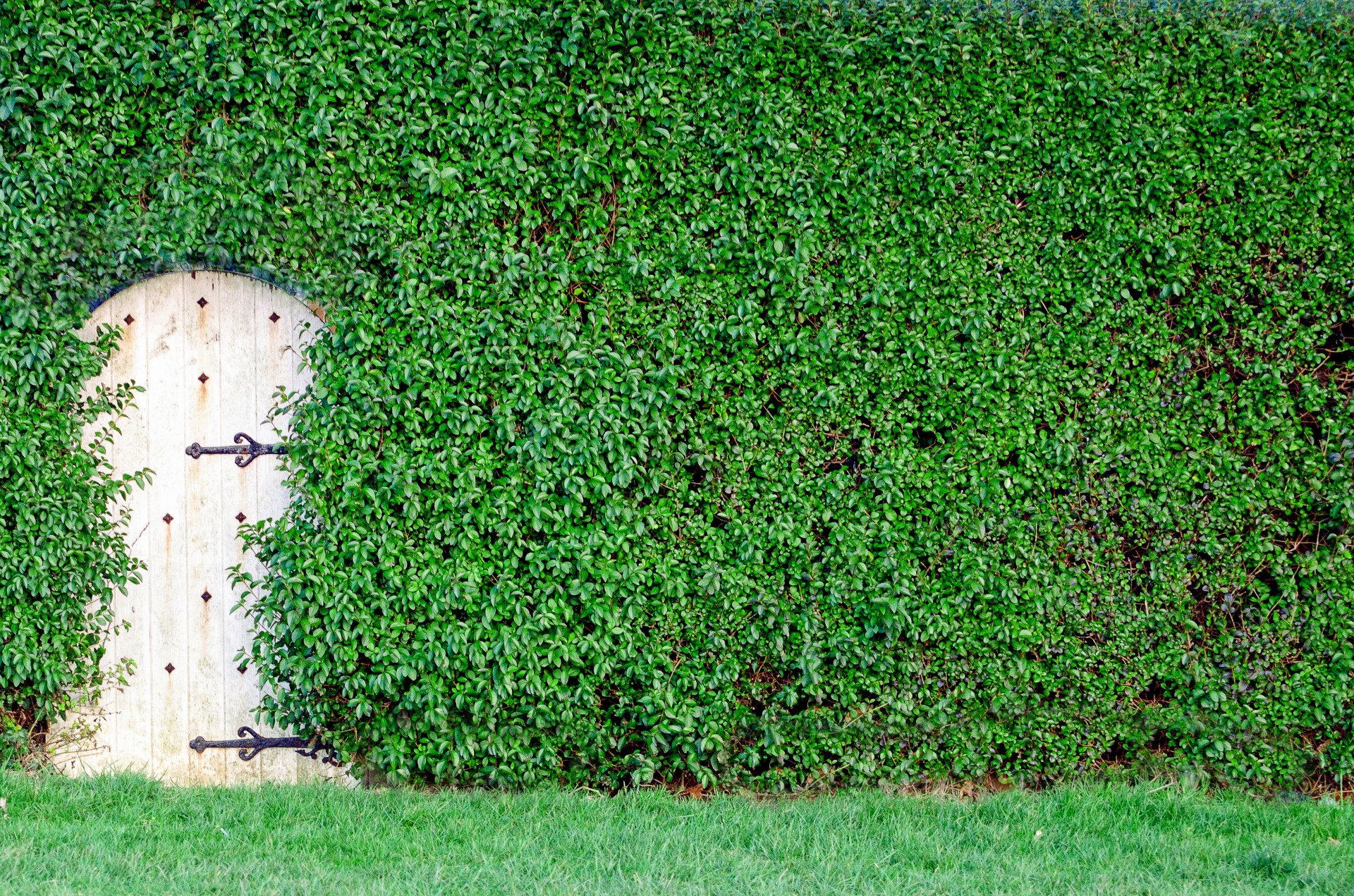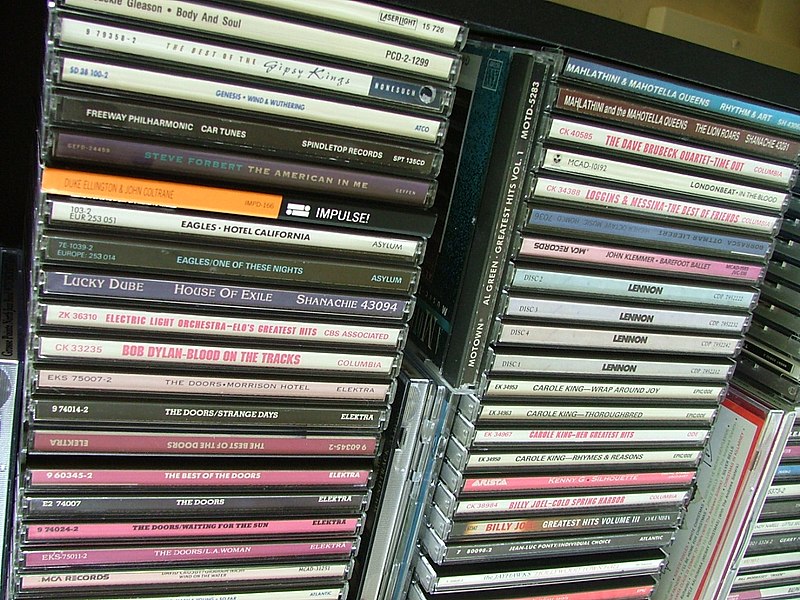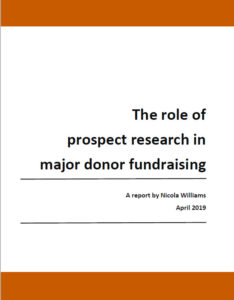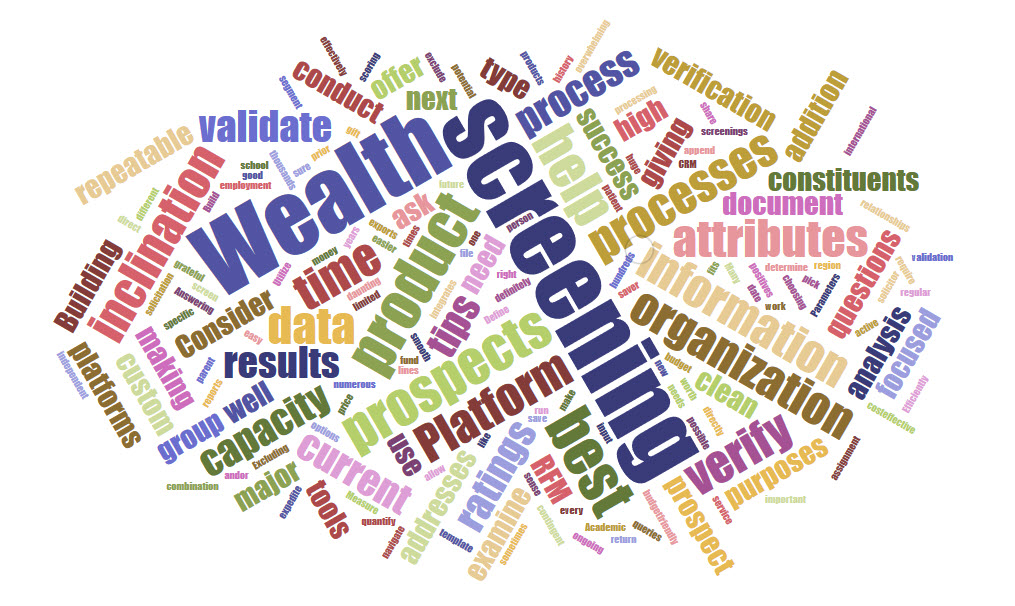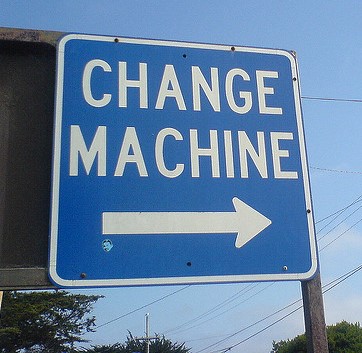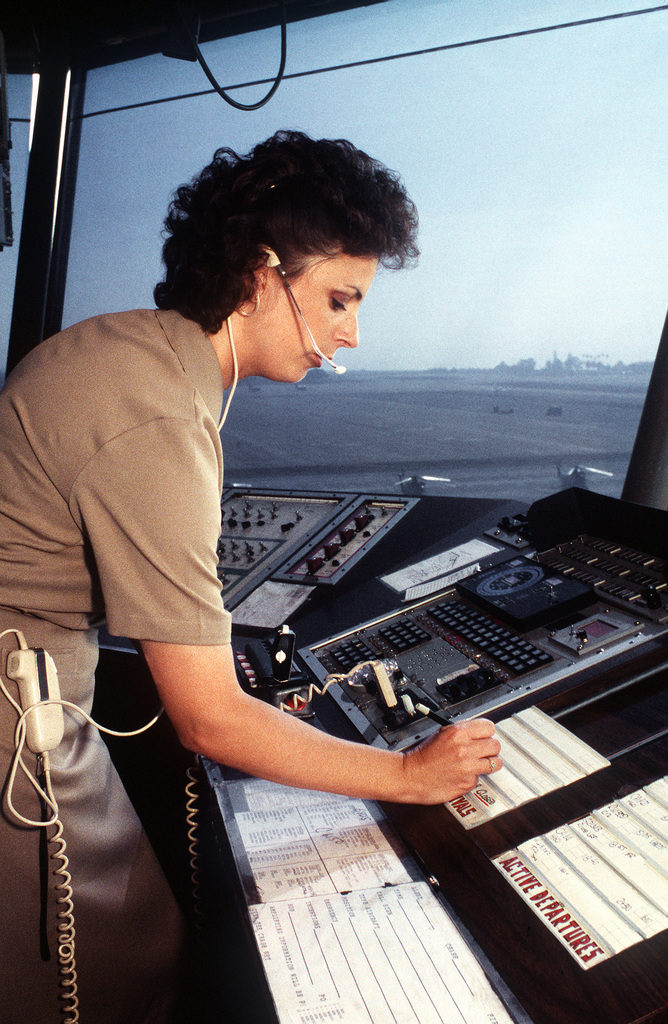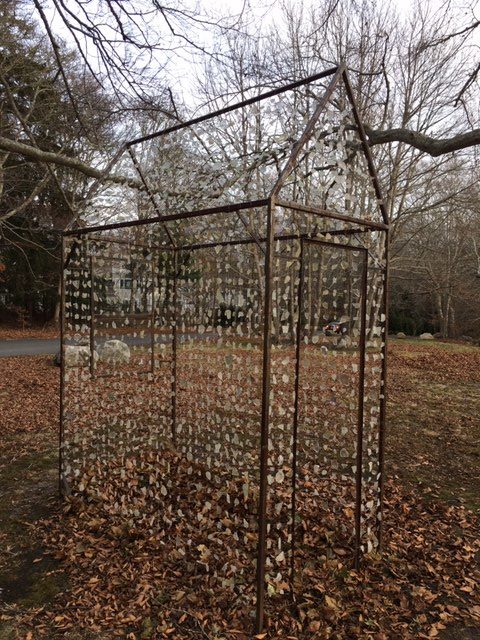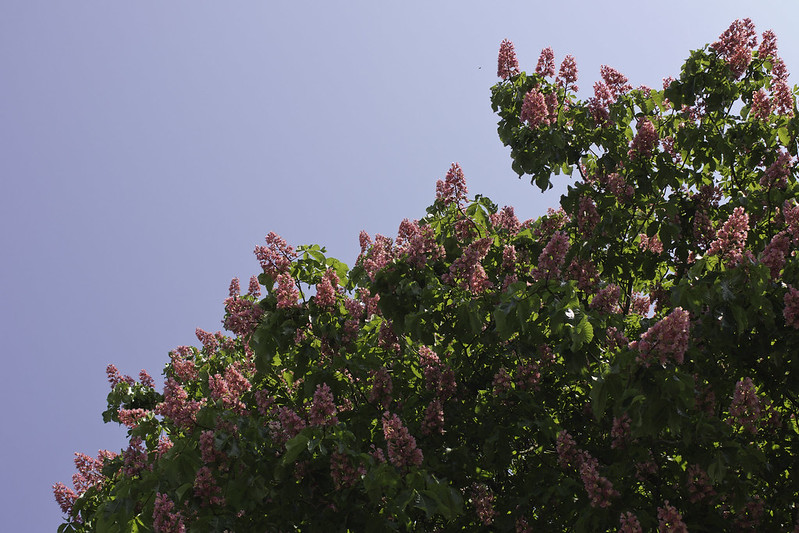
“Ruby Red Horse Chestnut Trees – Backlit blossoms” Photo by Rod Raglin
A few years ago in the late spring I went to a botanic garden and saw a tree in bloom that just knocked my socks off. I love gardens, but I’ve never before just stood staring at a tree for a good five minutes. I knew that if I ever had the opportunity to plant a tree in my garden, that was going to be the one I picked.
Four years later, here I am, looking up the tree on the web, planning the purchase.
Turns out this particular tree, Aesculus carnea or red chestnut, has a few different varieties, including ‘Fort McNair,’ ‘Briotii,’ and ‘O’Neil’s Red.’ I wanted the exact same one, so I contacted the botanic garden to find out which cultivar I’d fallen in love with.
Fell in love
I actually wrote those words in my email to the contact-us email address for the gardening staff: “There is a tree in your garden I fell in love with…”
Now if that’s not a potential donor begging to be asked for a donation, I don’t know what is.
I did get a response – and it was exactly 9 words:
Aesculus × carnea ‘Briottii’
red horse chestnut hybrid
[Responders Name]
As a future tree owner, I was thrilled. As a fundraising professional, totally crestfallen.
“I’m so happy to hear that our Briotii delighted you!” they could have written. “In case you’re ever interested, we have an adopt-a-tree program and you could take care of our Briotti as well as yours!”
I mean, wow. What a missed opportunity.
And honestly, this isn’t a rare case. I think that we in fundraising are all so busy doing what we’re doing that we don’t take the time to think about the other stakeholders within our organizations who could help us.
As fundraising professionals – especially in small nonprofits – we need to do a better job of raising awareness so that everyone on our team recognizes a potential donor engagement situation when it bops them on the nose.
We prospect researchers have maintained for decades that we’re fundraisers, too, even if we’re not usually interacting directly with donors, and I’m pretty sure that any one of us would be prepared to represent if an opportunity came our way.
But there are loads of people in various roles across a nonprofit that interact daily with the general public, with members, volunteers, visitors, students, alumni, grandparents, etc. They all support the fundraising effort, perhaps without even being aware of it.
Every one of those people could benefit from a brown bag lunch from the front-line professionals on recognizing funding opportunities when they fall in their lap. Just as we prospect research pros provide brown bag lunches to educate the front-line teams on what we do, every fundraising shop should do a dog and pony on how to be a great adjunct fundraising team member.
I’m not talking about training staffers to be fundraisers, just noticers with license to help.
I get it, you can’t train someone to care about the sustainability of the nonprofit they work for if they aren’t personally invested. But for those who are invested, raising awareness of how they can help could make a big difference.
And who knows, maybe one of them will contact the fundraising office and say “Hey, I just got an email from a woman with a question about our red chestnut tree. I get the feeling she might be interested in our Adopt-a-Tree program. I’m not sure if she’s already a donor. How should I respond to her?”

